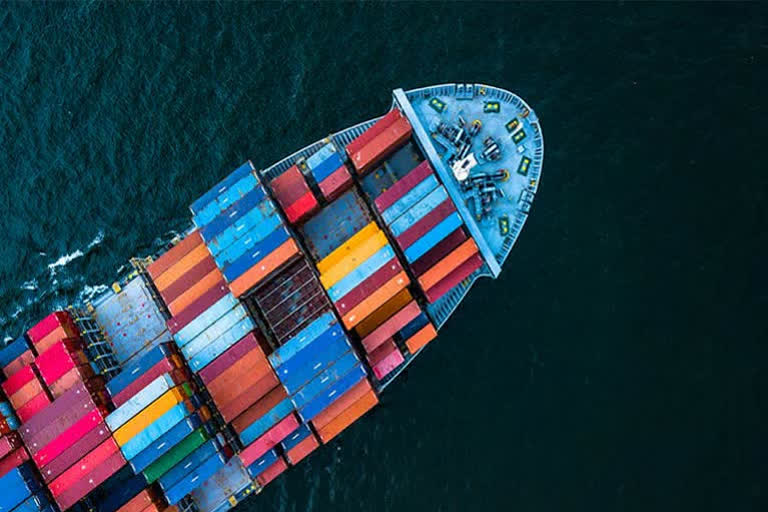New Delhi: India's import tariffs for the electronics sector are higher compared to countries like China and Vietnam that is negating the support provided through PLI schemes and is adversely impacting competitiveness, a report by ICEA and IKDHVAJ Advisers LLP said on Thursday.
The report includes a detailed comparative study of 120 tariff lines of electronics priority products in India vis-a-vis four countries -- China, Vietnam, Thailand and Mexico.
These imports constitute 80 per cent of the cost of mobile phones India's largest produce out of the USD 75 billion electronics sector.
The study highlighted that India has zero tariffs on 32 of the 120 tariff lines, while other countries have more zero tariffs - ranging from 53 (China) to 74 lines (Mexico).
For non-zero tariffs, India's tariffs are higher for 85 per cent (Thailand, Vietnam) to 95 per cent (China) of these tariff lines. A large share of Vietnam's imports are from countries with which it has free trade agreements (FTAs).
Harsha Vardhana Singh, Chairman of IKDHVAJ Advisers LLP, said India has the largest tariff lines for the selected products, with tariffs in 2020 being higher than in 2014.
India's higher tariffs are even more evident for the priority products identified by the industry. For finished products, India's tariffs are slightly lower for only one tariff line of China, he added.
However, there is no tariff line for inputs (components and sub-assemblies) for which India's import duty is lower than the competing economies, showing relatively higher production costs in India than the four economies, as per the report.
"When you increase your tariffs and you increase those tariffs on inputs, on parts and components of the product, it's not that the country always has the capability to produce it at home.
"So, in the absence of domestic capacity, the increase in cost of production with tariffs on critical inputs is even more and that is a situation which actually is quite common in several parts of the value chain of the products we looked at. As a result of this cost of production, you lose your competitiveness, you are actually taxed rather than subsidised," he said.
The higher tariffs negate the support provided through PLI schemes.
Also Read: Govt approves eight companies under PLI scheme for manufacturing medical devices
"Further, levying tariffs for revenue purposes is counterproductive because of GST losses due to lower output and imports," the study said.
Additionally, India's higher tariffs increase production costs due to both costlier imports and lack of adequate domestic products available to substitute the more expensive imports - adversely affecting both exports and the ability to competitively link up with global value chains (GVCs).
"Higher tariffs lead to negative effects on sectors like automotive products and medical devices, to which electronics are major inputs," it stated.
ICEA Chairman Pankaj Mohindroo said a USD 300 billion manufacturing target by 2026 requires stability and prior consultation before finalising tariffs.
"Tariffs go to the core of competitiveness and scale. For Union Budget 2022-23, we request the government to review all tariffs on inputs for PLI schemes and reduce tariffs in areas where there is no local capacity," he added.
Mohindroo stated that when stiff tariffs are put in, one is "definitely not attempting the global market" and taking a part of the local market that is very tiny.
"...so you will probably have 30-40 per cent of the local market or a little more than that. And that is where the whole vision gets restricted...What happens is that with high tariffs, we perpetuate imports, depending on what is the goalpost," he added.
He explained that in a high tariff situation, if a product is say Rs 100 and the tariff is 15 per cent, the local supplier tends to benchmark the price at around Rs 113-114. The exporter, then, has different options of importing the product at zero duty.
"So when that happens, the local supplier will get only maybe 5, 10, 20 per cent of the market and the rest of the market becomes import driven," he said.
The study recommended that for India to integrate into global supply chains, its tariffs on inputs should at least match or be less than its competitors.
Consideration of tariff increases should only be in cases with a large domestic capacity or a clear roadmap with specific, well-identified vendors who can produce components for manufacturers at globally competitive costs, quality, and scale, it added.
PTI



